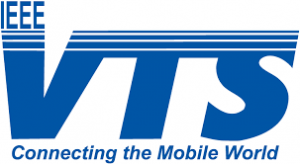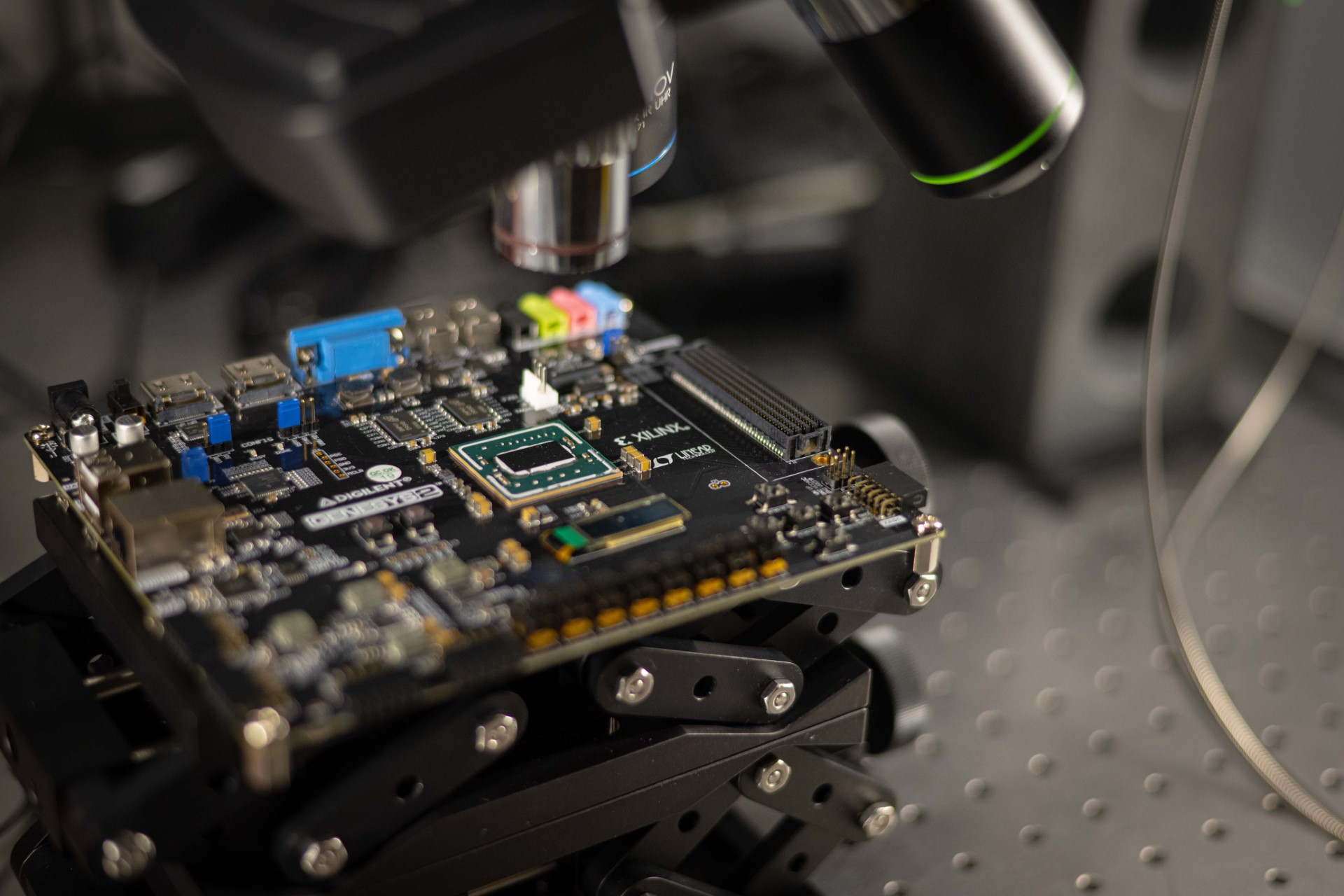The IEEE Vehicular Technology Society has put Alexander Wyglinski in the driver’s seat, elevating him to president-elect of the international organization dedicated to mobility technology.

Alex Wyglinski
Wyglinski, WPI associate professor of electrical and computer engineering, specializes in wireless communication and connected vehicle technologies like driverless cars. He has been a member of the VTS since 1999, when he was in graduate school, publishing papers, working on the society’s renowned Vehicular Conference, and serving on the board of governors, most recently as membership chair. His term as president-elect will last two years, after which he will be president.
Researchers and industrial practitioners from around the world belong to the society, which concerns itself with land, airborne, and maritime mobile services; portable commercial and citizen’s communications services; vehicular electrotechnology, equipment, and systems of the automotive industry; traction power, signals, communications, and control systems for mass transit and railroads, according to the VTS website.
Or, as Wyglinski puts it, “If there’s a mobile element and deals with technology, we’re often involved with it.”
The VTS, a sub-group of the prestigious Institute of Electrical and Electronics Engineers, was formed in Detroit in the mid-20th century to help vehicular engineers network, connect, and exchange information, as they still do on a global level. But with today’s rapid advances in vehicle autonomy, the organization and its work is more crucial than ever, Wyglinski says. In 2014 the Department of Transportation recommended that by the end of the Obama administration (January 2017), all cars being manufactured must have wireless connective ability, presenting many exciting—yet difficult—challenges.
“If there’s a mobile element and deals with technology, we’re often involved with it.” – Alex Wyglinski
“The government says cars should be connected, but how?” he says. “Autonomy doesn’t happen in a day. There are so many questions. That’s what makes this area so rich and the timing so important. Now’s the time to do the research, because the topic is extremely current. The community is on fire and solutions are coming up everywhere.
“The VTS is best-suited to take on this challenge and I’m very fortunate to be president-elect at this critical time.”
Though we often refer to autonomous vehicles as “driverless,” cars cannot—and should not—make decisions independently, Wyglinksi says.
 “You can’t have autonomy without connectivity. If cars are going to make decisions, they need all the info they can get,” not just their own situation but what else is going on around them. “You also need what engineers call a ‘graceful failure’ option,” he says.
“You can’t have autonomy without connectivity. If cars are going to make decisions, they need all the info they can get,” not just their own situation but what else is going on around them. “You also need what engineers call a ‘graceful failure’ option,” he says.
“The last thing you want is an autonomous vehicle to go, ‘I give up–catch!’” says Wyglinski. You need the car to give the driver some kind of alert, like a heads-up display on the windshield.
This cutting-edge research goes well beyond technology already on the market, where a car can parallel park itself or stop on behalf of an inattentive driver.
CONNECTIVITY ON A WHOLE NEW LEVEL
“That’s radar-assisted driving,” he says. “Semi-autonomous features like lane-changing warnings—those are the easy problems. The current research takes connectivity to a whole new level, where the cars can talk to each other because everyone knows where everyone else is.”
Wyglinski and his WPI students are in the thick of this research. One student is working on connectivity issues, while another is pursuing how cars can communicate via the Internet. Some undergrads are studying the infrastructure of the engineering, while another group is exploring the security aspect of connectivity by hacking a Jeep Cherokee with a laptop.
Privacy is a big issue when it comes to vehicle-to-vehicle situational awareness, Wyglinski says. But if engineers can work through that, he sees a time when connected vehicle technology can make driving safer and more convenient.
He gives an example familiar to any New Englander: Say you’re driving on a narrow, winding road in a snowstorm. As you round a bend, you come face-to-face with a snowplow and there isn’t room for either of you to pass or turn around. With connectivity, your vehicle could “see” the plow before you do and warn you to stop far enough back so the plow could get past without either vehicle backing up, getting stuck or, worse, colliding.
“The more information vehicles have, the safer the road would be,” he says.
For more information about the VTS, visit http://www.vtsociety.org/.
– BY CATE PRATO


